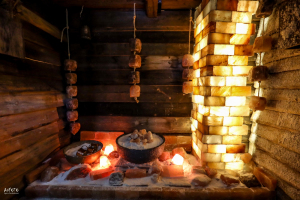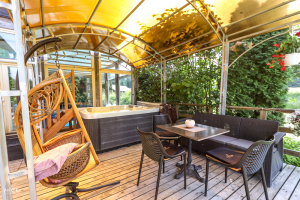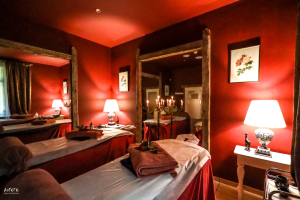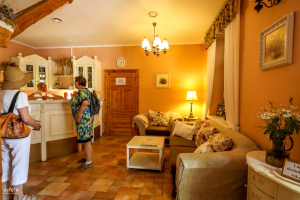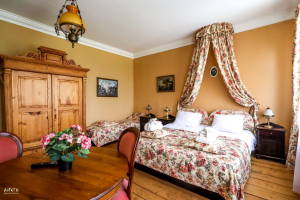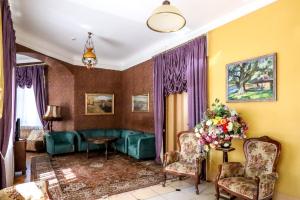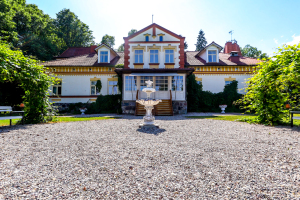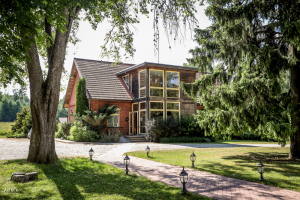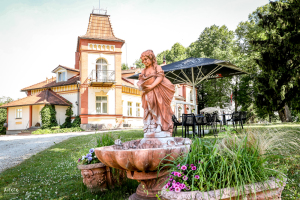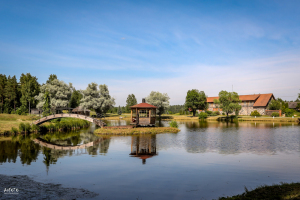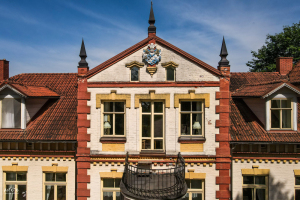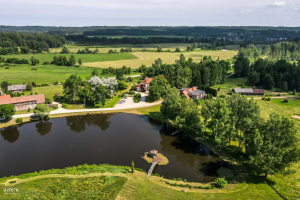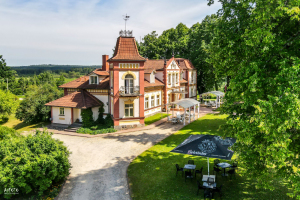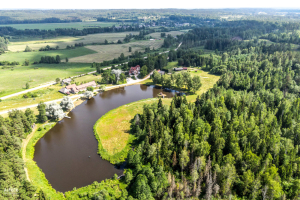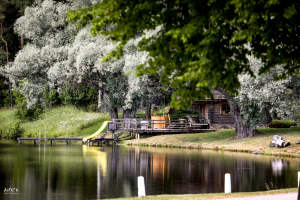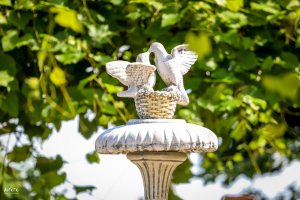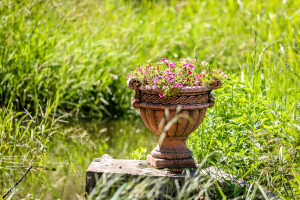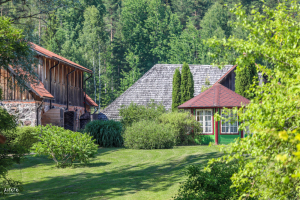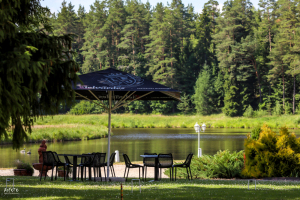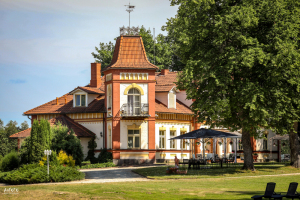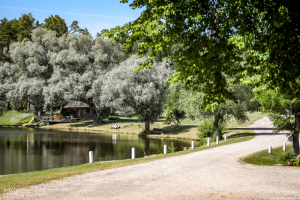Mārcienas Manor – SPA resort, restaurant, accommodation
* Accommodation - 84 places (without extra beds). Rooms and prices - HERE.
* Facilities for conferences. More - HERE.
* Seminars and weddings (50 and 140 people). More - HERE.
* Country sauna with an outdoor tub. More - HERE.
* Grilling-house on the lake.
* SUP board.
* Playground for the kids.
RESTAURANT:
* Romantic countryside manor interior with painting, candles, flowers and fireplace.
* Beautiful tableware and professional service.
* Seats at the restaurant - up to 50 persons; during banquets - up to 100 persons.
* Extensive menu with Latvian-Baltic German meals; vegetarian dishes and children's menu also available.
* Chef Aivis Kauliņš was a participant in the cooking competitions "Latvijas garša" and "Forbes".
* Extensive variety of drinks.
* Opening hours and menu - HERE.
SPA RESORT:
* Cosmetic procedures with biomechanical stimulation.
* Steam baths, sauna, mill contrast shower, warm water pool with whirlpool, cold pool, salt room.
* Arctic SPA bubble bath on open terrace for 6 people.
* Various SPA procedures for body and face, relaxing massages.
* Recreation and beauty programs, prices - HERE.
RECREATIONAL ACTIVITIES:
* Boat, croquet, sticks, walking trails.
HISTORY:
According to data of the State History Museum, beginnings of Mārciena Castle (the ruins are located around 10 km from Madona and 1.5 km from Mārcienas muiža SPA Resort) may be found in the 16th century, when the first master house was built.
Around 1830, Mārciena Castle has supposedly been a large three story building with vaulted cellars and tile roof. Photos of the luxurious castle may also be seen at the library of Mārcienas muiža SPA Resort. Once again referring to the research of the State History Museum, experts have a certain belief that many of the items found in the interior - furniture, woodcarvings, and other items – were made by the masters from Mārciena area.
According to the tales, the castle was destroyed by fire in 1918. Baron von Maidel supposedly has set it on fire and then shot himself to death, not being able to accept the Red Terror of soviets that was raging in Vidzeme at the time. Both of his sons and his wife were sent to a safe place in Germany before the event. Unfortunately, there are no historical documents that would prove these facts. In 2007, Mārciena was visited by the direct descendants of Maidels from New Zeeland, after they had accidently found out about their ancestor’s ties with Mārciena on the internet. Unfortunately, neither did they have any information about the destruction of the castle, death of the baron and further life of the family.
Some of the buildings from the castle have survived - gardener's house, stable ruins, and a barn. The stable is a beautiful building featured with columns, which was used as an apartment building up till 1978. Unfortunately, all that is left now are ruins. There is a vaulted cellar underneath the stable and small cattle-sheds attached to it, which are still used by the people from the neighbouring houses. An apartment building was built over the location of the castle during the soviet times, while the ruins were removed and built into foundation of the Madona Cultural Center already in 30s. Ruins along with the former castle park are owned by the municipality.
Mārciena Manor, which houses a hotel and SPA resort, is not the Mārciena Castle. They are located 1.5 km apart. According to data from archives, during the reign of Baron von Maidel this manor was separated and sold to von Hanschmann under the name Lejas Patmalnieki. He finished reconstruction of the buildings as they look now in 1908. The whole historic building complex has remained unharmed, except for the mill near to the lake, which was bombed during war.
Mon 9am - 7pm
Tue 9am - 7pm
Wed 9am - 7pm
Thu 9am - 7pm
Fri 9am - 7pm
Sat 9am - 7pm
Sun 9am - 7pm

















